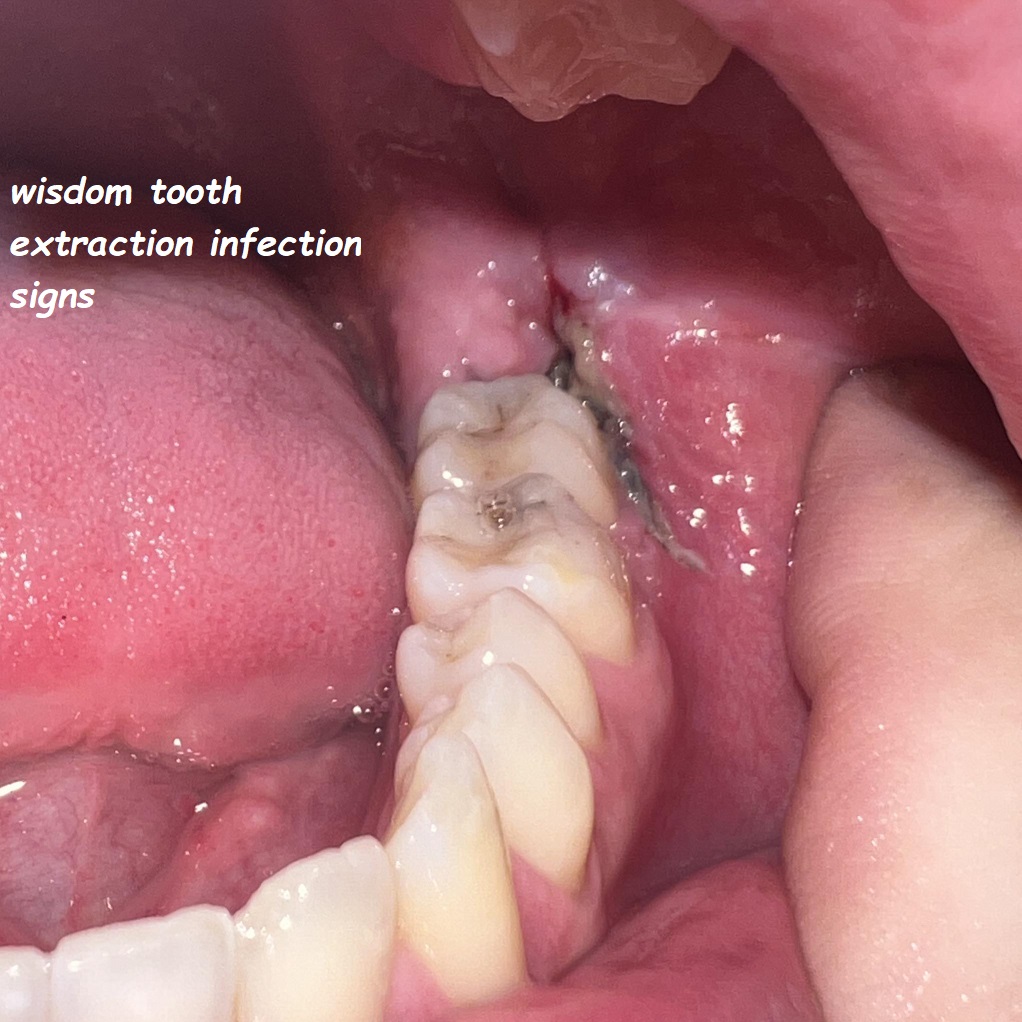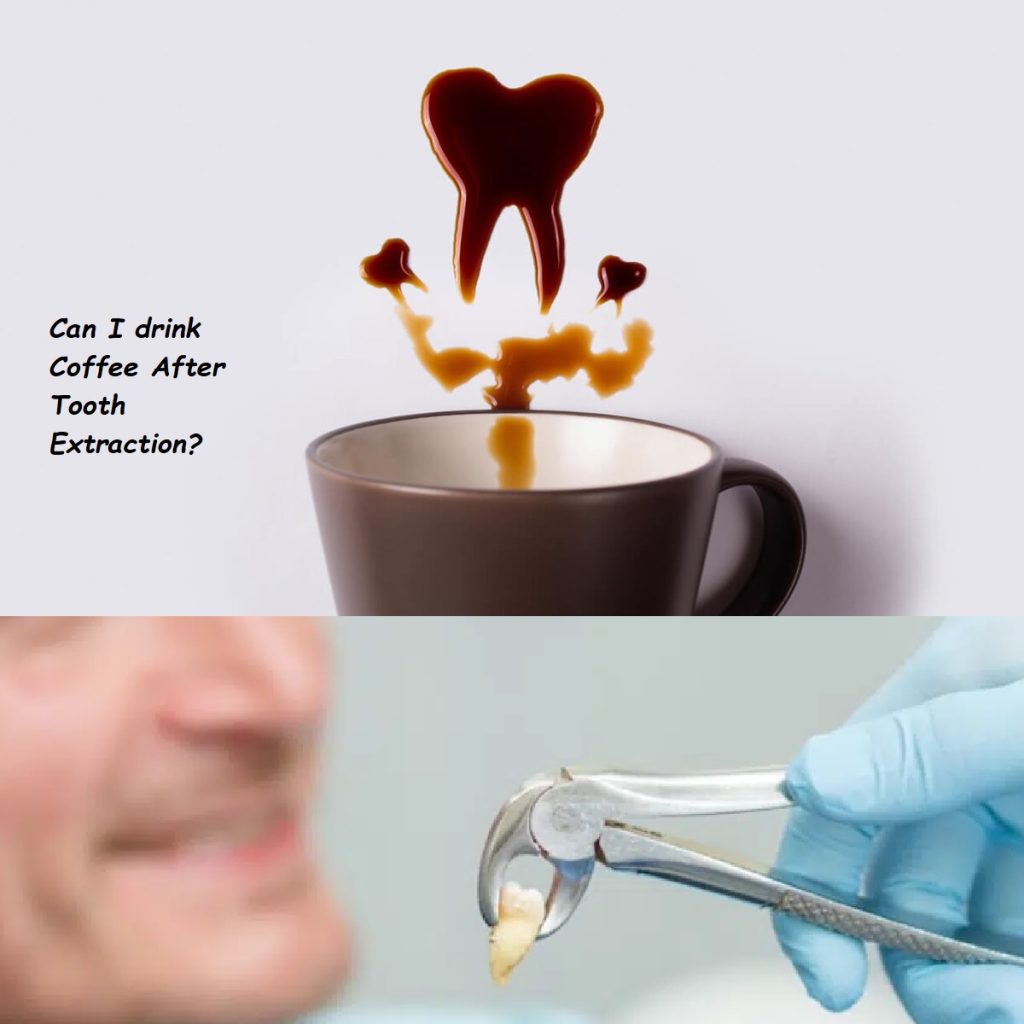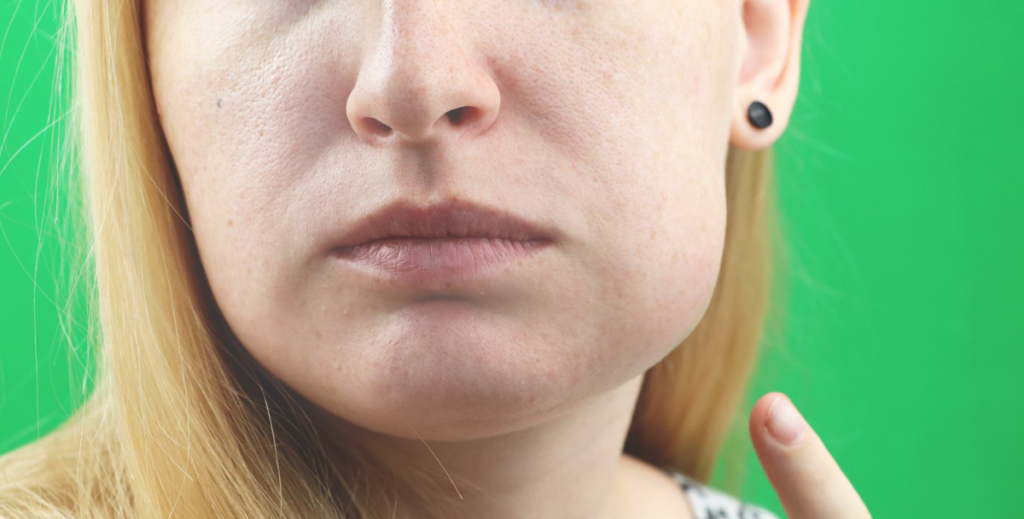wisdom tooth extraction infection signs

Wisdom Tooth Extraction Infection Signs: How to Identify and Address Post-Operative Complications
Wisdom tooth extraction is a common dental procedure that many people undergo, particularly in their late teens or early twenties. While the surgery is generally safe and recovery is straightforward, there’s always a risk of complications, one of the most concerning being an infection at the extraction site. Recognizing the signs of infection after wisdom tooth extraction is crucial to ensure timely treatment and to prevent more severe issues from developing.
If you’ve recently had a wisdom tooth removed, you might be wondering, “What are the signs of infection after wisdom tooth extraction? How can I tell if something is wrong?” In this comprehensive guide, we’ll explore the common symptoms of post-extraction infection, what causes it, and the steps you should take if you suspect you have an infection.
Why Does Infection Occur After Wisdom Tooth Extraction?
Understanding why infections can occur after wisdom tooth extraction helps you take preventative measures and recognize symptoms early. Here are some common causes of infection following this procedure:
1. Bacteria Entering the Wound
After a tooth is extracted, a blood clot forms in the socket to protect the underlying bone and nerves and to begin the healing process. However, if bacteria enter the wound, either during the surgery or afterward, they can cause an infection. This is more likely if the blood clot is disturbed or dislodged, exposing the area to contaminants.
2. Food Particles Trapped in the Socket
Food particles and debris can become trapped in the extraction site, particularly if the blood clot is not intact. These trapped particles provide a breeding ground for bacteria, increasing the risk of infection.
3. Poor Oral Hygiene
Failing to maintain good oral hygiene after wisdom tooth extraction can lead to bacterial buildup in the mouth, which can infect the extraction site. Proper care is essential to keep the area clean while it heals.
4. Underlying Health Conditions
Certain health conditions, such as diabetes or compromised immune systems, can increase the risk of infection after surgery. These conditions can make it more difficult for your body to fight off bacteria and heal properly.
5. Smoking
Smoking after a tooth extraction can significantly increase the risk of infection. The chemicals in cigarettes can interfere with healing, dry out the mouth, and introduce harmful bacteria to the wound.
Common Signs of Infection After Wisdom Tooth Extraction
Identifying the signs of infection early is key to preventing complications. Here are the most common symptoms to watch for:
1. Persistent Pain
While some pain is normal after a wisdom tooth extraction, it should gradually decrease as you heal. If you notice that the pain persists, intensifies, or returns after it had initially subsided, this could be a sign of infection. Infected areas are often tender to the touch and may throb continuously.
2. Swelling
Swelling is common in the first few days after the extraction, but it should start to diminish as you recover. If the swelling persists, worsens, or appears suddenly after a few days, it could indicate an infection. Swelling might also be accompanied by redness or warmth around the extraction site.
3. Foul Taste or Odor
An unpleasant taste in your mouth or a foul odor emanating from the extraction site can be signs of an infection. This may occur if pus is present in the socket or if food particles have become trapped and are decaying. Bad breath that doesn’t improve with brushing or rinsing is another potential indicator.
4. Pus or Discharge
Pus or discharge from the extraction site is a clear sign of infection. The presence of pus, which can be white, yellow, or greenish, indicates that your body is fighting off an infection. You might notice pus oozing from the socket or feel a bad taste if it enters your mouth.
5. Fever
A low-grade fever is the body’s natural response to surgery, but a persistent or high fever (above 101°F or 38.3°C) after wisdom tooth extraction is a sign that your body is fighting an infection. If you develop a fever, it’s important to seek medical advice promptly.
6. Difficulty Opening Your Mouth (Trismus)
Trismus, or difficulty opening your mouth, can be a sign of infection, particularly if it develops after the initial swelling has gone down. This condition occurs when the muscles around the extraction site become inflamed or infected, making it painful or difficult to open your mouth.
7. Swollen Lymph Nodes
Swollen lymph nodes in your neck or under your jaw are a sign that your body is responding to an infection. If you notice swelling in these areas, along with other symptoms of infection, it’s important to contact your dentist or oral surgeon.
When to See a Dentist
If you experience any of the signs of infection after wisdom tooth extraction, it’s important to contact your dentist or oral surgeon immediately. Prompt treatment can prevent the infection from spreading and help you recover more quickly. Here are some situations where you should seek professional help:
- Persistent or Severe Pain: Pain that doesn’t improve or becomes worse over time should be evaluated by a dentist.
- Prolonged Swelling: If swelling doesn’t subside after a few days or increases, it could be a sign of infection.
- Pus or Discharge: The presence of pus or any unusual discharge from the extraction site requires immediate attention.
- Fever: A fever that accompanies other symptoms of infection is a strong indication that you need medical care.
- Difficulty Breathing or Swallowing: These symptoms could indicate a serious infection that has spread and requires urgent treatment.
How Is an Infection Treated?
If your dentist or oral surgeon determines that you have an infection, they will recommend a course of treatment to resolve the issue. Common treatments for post-extraction infections include:
1. Antibiotics
Antibiotics are the most common treatment for bacterial infections after tooth extraction. Your dentist will prescribe a course of antibiotics to eliminate the bacteria causing the infection. It’s important to take the full course of antibiotics as prescribed, even if your symptoms improve before you’ve finished the medication.
2. Cleaning the Socket
In some cases, your dentist may need to clean out the extraction site to remove any debris, food particles, or pus that may be contributing to the infection. This can help promote healing and reduce the risk of further complications.
3. Drainage
If there’s significant pus or abscess formation, your dentist might need to drain the infected area. This procedure can relieve pressure, reduce pain, and help the infection clear more quickly.
4. Pain Management
Over-the-counter pain relievers such as ibuprofen or acetaminophen can help manage pain associated with the infection. Your dentist may also recommend a stronger pain medication if needed.
5. Follow-Up Care
Your dentist will likely schedule a follow-up appointment to monitor your recovery and ensure that the infection has cleared. It’s important to attend this appointment and report any lingering or new symptoms.
Preventing Infection After Wisdom Tooth Extraction
While it’s not always possible to prevent an infection after a wisdom tooth extraction, there are several steps you can take to reduce your risk:
1. Follow Post-Operative Instructions
Carefully follow the post-operative care instructions provided by your dentist or oral surgeon. These instructions are designed to promote healing and prevent complications such as infection.
2. Maintain Good Oral Hygiene
Keep your mouth clean by brushing gently around the extraction site and rinsing with a saltwater solution. Avoid using mouthwash with alcohol, as it can dry out the area and delay healing.
3. Avoid Smoking
Smoking can interfere with healing and significantly increase the risk of infection. Avoid smoking for at least 48 hours after the extraction, or longer if possible.
4. Eat Soft Foods
Stick to a diet of soft foods for the first few days after your extraction. Avoid hard, crunchy, or spicy foods that could irritate the extraction site or introduce bacteria.
5. Stay Hydrated
Drinking plenty of water can help keep your mouth clean and promote healing. However, avoid using straws, as the suction can dislodge the blood clot and lead to dry socket.
Frequently Asked Questions
1. How common is infection after wisdom tooth extraction?
While infection is a possible complication of wisdom tooth extraction, it’s relatively uncommon when proper care is taken. Most people recover without any issues, especially if they follow post-operative care instructions.
2. How soon after extraction can an infection occur?
An infection can occur at any time during the healing process, but it’s most likely to develop within the first week after the extraction. It’s important to monitor your symptoms closely during this time.
3. Can I prevent infection after wisdom tooth extraction?
While there’s no guaranteed way to prevent infection, following your dentist’s care instructions, maintaining good oral hygiene, and avoiding behaviors like smoking can significantly reduce your risk.
4. What should I do if I suspect an infection?
If you suspect an infection, contact your dentist or oral surgeon immediately. Early treatment can prevent the infection from spreading and help you recover more quickly.
5. Will I need antibiotics if I have an infection?
Antibiotics are commonly prescribed to treat bacterial infections after tooth extraction. Your dentist will determine the appropriate treatment based on the severity of the infection and your overall health.
Conclusion: Stay Vigilant and Act Quickly
Wisdom tooth extraction is a routine procedure, but like any surgery, it comes with the risk of complications, including infection. By staying vigilant and being aware of the signs of infection—such as persistent pain, swelling, pus, or fever—you can take prompt action to address any issues and protect your oral health.
If you suspect an infection, don’t hesitate to contact your dentist or oral surgeon. Early treatment is key to preventing more serious complications and ensuring a smooth recovery. By following the advice and tips outlined in this guide, you can minimize your risk of infection and support your body’s healing process after wisdom tooth extraction.
Have you experienced an infection after wisdom tooth extraction? How did you handle it, and what advice would you give to others? Sharing your experience can provide valuable insights for others who might be going through the same situation. Feel free to leave a comment below and join the conversation!
With the right care and attention, you can navigate the recovery process confidently and get back to your normal routine with a healthy, pain-free smile.









